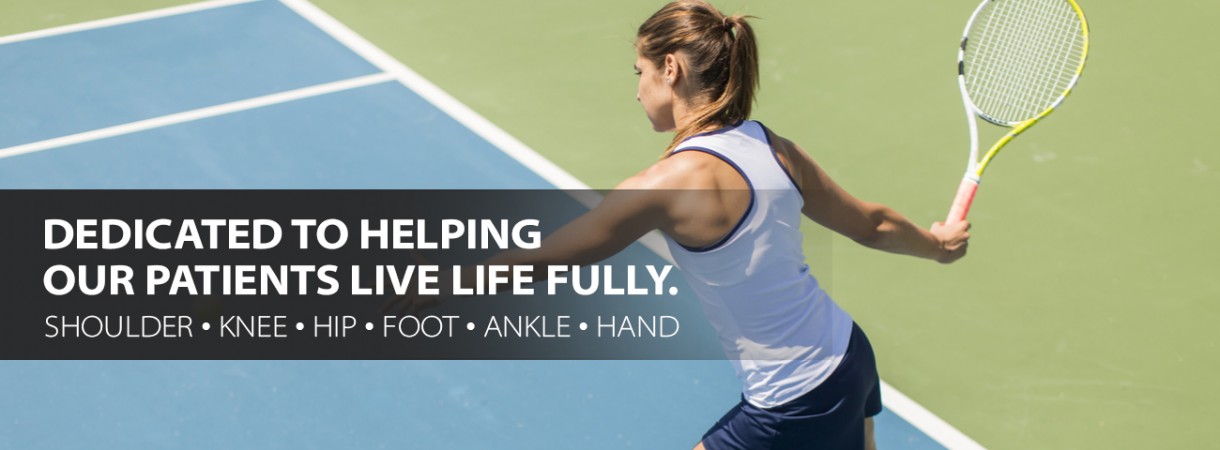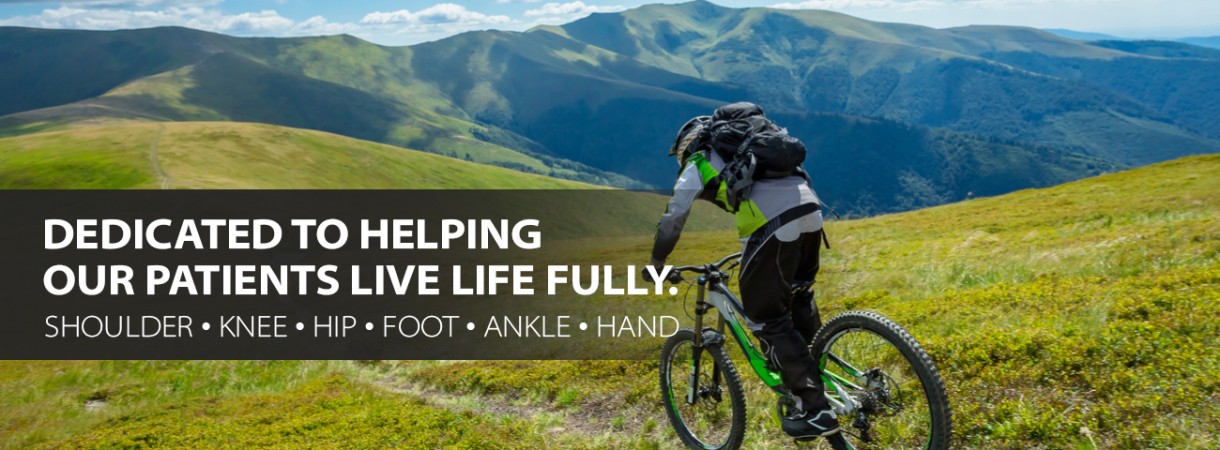Did you know that 1 out of every 3 seniors will fall each year in the US? Look around at your friends and imagine that at least one of you will experience this over the next 12 months. Injuries from slips and falls often result in strains, sprains, fractures, lacerations – and in some cases – death. This statistic is sobering and threatens many peoples’ quality of life.
Seniors in the US are living longer, fuller lives – now more than ever. Mature adults participate in sports longer and stay active for many more years than even the previous generation. But, why do they still slip and fall at such an alarming rate?
The answer is the lack of balance training. While strength training is on the increase, balance training is not. Balance in humans are made up of 3 systems – visual, vestibular and somatosensory. As we age, these often decline. This puts us at an increased risk of slips and falls. Additionally, eye problems such as glaucoma, macular degeneration or cataracts impair us visually – which certainly doesn’t help lessen the likelihood of falling. Same with our inner ear — decreased mobility in our neck due to stenosis, and impaired mobility of the head due to osteoarthritis – all which affects the vestibular systems. We have increased instance of osteoporosis, pain and neuropathy overall and we take more medications with side effects contribute to this statistic. Additionally poorly placed furniture, bad lighting and our furry friends contribute.
So what can we do about it as we age? We have to work on the systems that hold our bodies upright. We have to incorporate this goal into our strength (and balance) training regimens. Here are some exercises that take only a few minutes, but can save a lot of pain from a fall:
Tightrope walk
Tie a piece of string to two poles.
Hold your arms out wide to the sides.
Walk on the string without stepping off to the side.
Walk at least 15 steps.
Flamingo stand
Stand on your left leg with your right leg lifted.
Use a chair or wall for support as you stretch your right leg forward.
Maintain good posture by keeping your spine, neck, and head in one line.
To increase the difficulty, extend your hand to reach for your right foot.
Hold for up to 15 seconds.
Then do the opposite side.
Heel-toe walking
Bring your arms to the side so they’re parallel to the floor.
Use chalk or a string to make a line to follow.
Walk in a straight line, placing the back of your heel against the toes of your opposite foot.
Move slowly and with control.
Continue for 5 to 20 steps.
Before performing these exercises, it is prudent to check with your doctor and even to meet with your physical therapist to design a program best fit for your needs and goals.
Another strategy for improving balance? Improving our posture while sitting and standing. It may feel uncomfortable at first to keep your head up and shoulders back, but that is because you have become accustomed to slouching. Our posture is tied to our core muscles, and core muscle-strength and improved engagement reduces our risk of falling. Stand up tall! You can gain 1-2 inches in height by just remembering your posture.
These tips all take time! So think of ways to remind yourself to add balance training to your workouts, to work on your posture and to clear your space of trip hazards.
if you are still having problems contact us – we can see how you can benefit from physical therapy to help you get back to living life fully.
*Exercises from Healthline.com







Leave a Reply